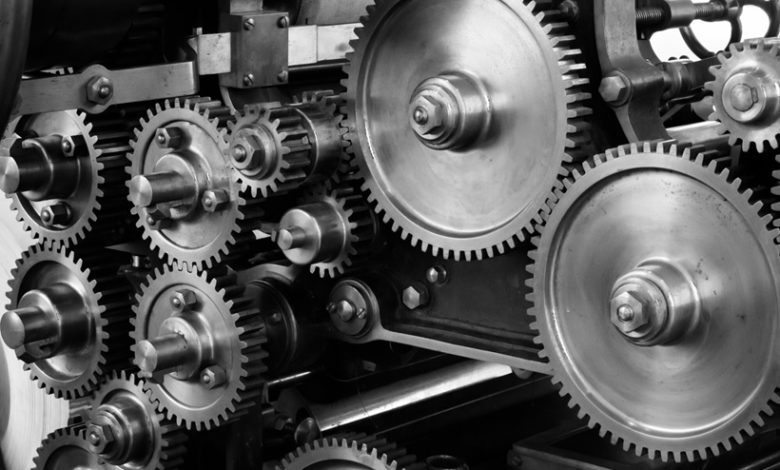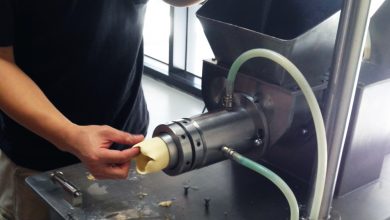Important News and Updates From the Machinery Industry

The industrial machinery industry is undergoing structural changes accelerated by the COVID-19 pandemic.
The US industrial machinery sector was worth an estimated $565.6 billion in 2020. Research indicates it could grow to $794 billion by 2027.
What are some of the key manufacturing trends that are driving the machinery industry forward in 2021? Let’s look at some of the latest machinery industry news.
Connected Devices
One of the key manufacturing trends in recent years has been the adoption of Internet of Things (IoT) devices. Before the pandemic, Industry 4.0 was revolutionizing how machine manufacturing works with advanced tools to increase efficiency. In the post-pandemic world, the adoption of smart systems and robotics is set to speed up the transition.
The use of IoT devices and automation is giving manufacturers greater visibility into their supply chains. That is allowing them to speed up production, cut costs, and enhance customer services.
Manufacturers have so far added smart devices to an average of 41% of their production process and equipment. And 88% expect that to increase by 2022, statistics show.
Workplace Safety
The safety of employees has taken on added importance during the pandemic. A manufacturing plant must enforce basic safety precautions for staff. That includes social distancing, sanitation, and tracking the movement of people within their facilities.
Many manufacturers have responded by taking control of their facilities management. They are also requiring greater transparency from suppliers, to improve traceability.
Skills Shortages
Demand for manufactured goods is growing as the US economy recovers. But, there is an ongoing shortage of skilled workers. The retirement of baby boomers, as well as insufficient education and a lack of interest from younger workers, is causing a shortfall.
Around 77% of manufacturers expect to have difficulty in attracting and retaining workers in 2021 and beyond, a recent survey showed. There are nearly 500,000 job openings in manufacturing. The industry is expected to have 2.1 million unfilled jobs by 2030.
Reshoring
The disruption to supply chains during COVID-19 lockdowns has shown the disadvantages of relying on offshore suppliers. This is prompting US manufacturers to bring some of their production back to the US. Some are diversifying their sourcing of raw materials to include local suppliers.
3D Printing
Additive manufacturing has been in use since the 1990s, mostly in the aerospace and automotive industries. But, mass production and rising demand for customized components are driving growth in many industries today. How?
The 3D printing materials market is forecast to expand at a compound annual growth rate (CAGR) of 26.7% from 2021, to reach $9.86 billion by 2028. The pandemic has accelerated the use of 3D printing for medical equipment. Manufacturers have developed fast ways of printing face shields, eye protection, and nasal swabs, as well as ventilators.
Manufacturers are increasingly using 3D printing to make prototypes. Why? This reduces the cost of development and testing. And they can now quickly create the parts they need for mass production of heavy equipment on-site. In that way they no longer need to depend on overseas suppliers.
Machinery Industry Prepares for the Future
The machinery industry is undergoing rapid changes. Manufacturers that embrace new technologies and approaches will be the best placed to succeed.
For more articles on business and machinery industry news, check out the rest of the site.






